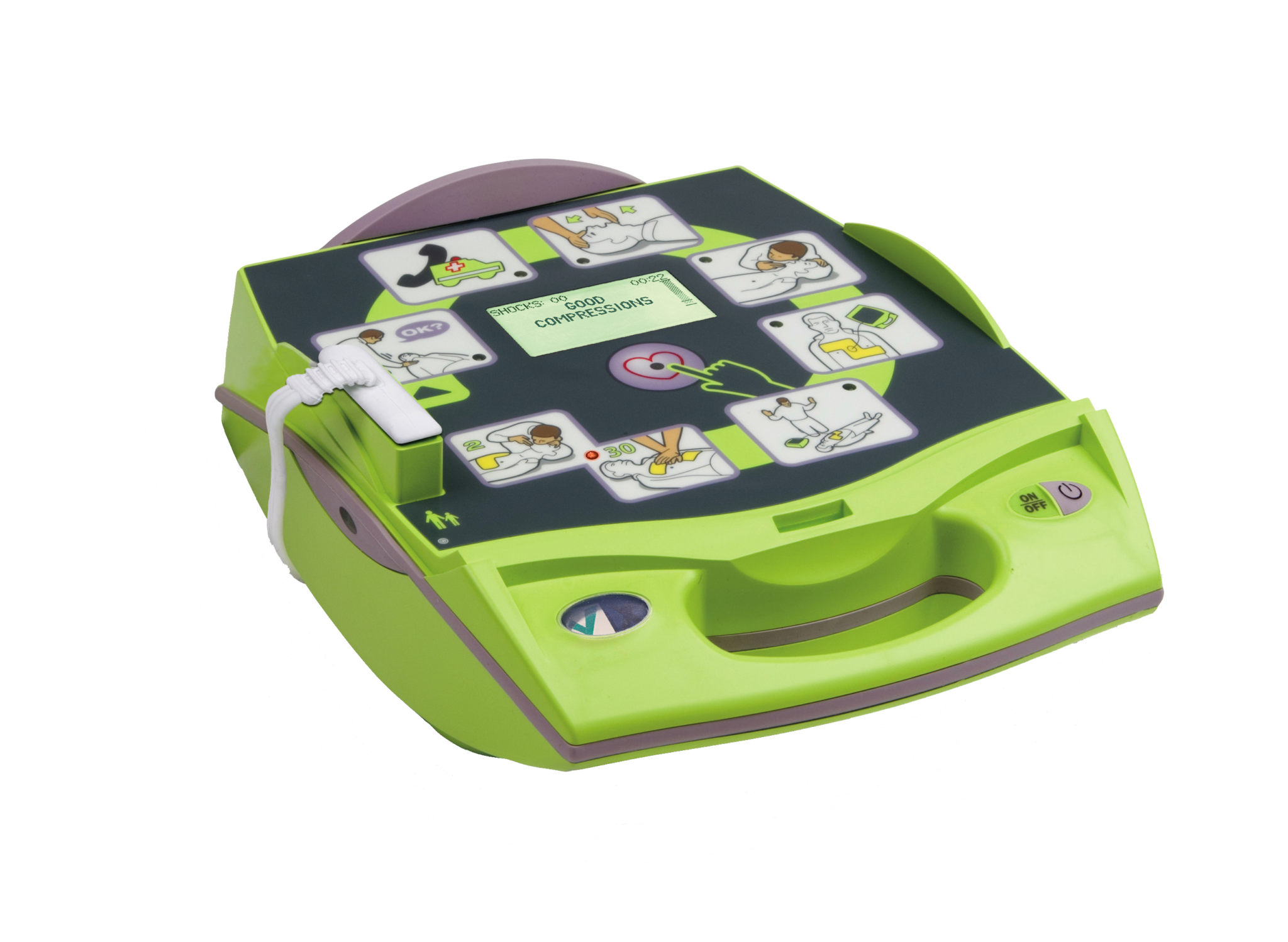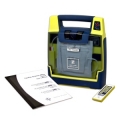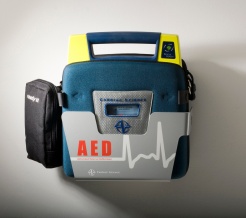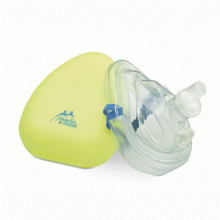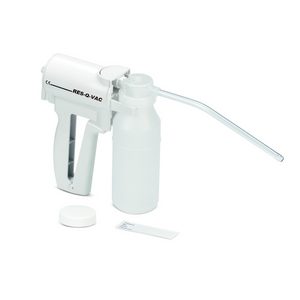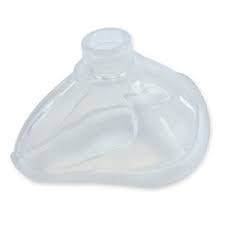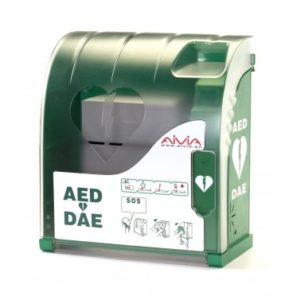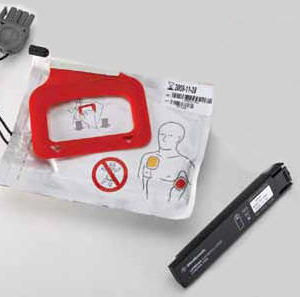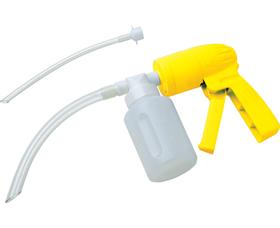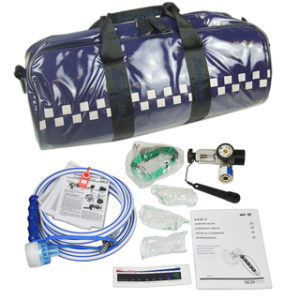Description
Measuring Chest Compression with Real CPR Help
The force required to depress the chest during CPR varies with the patient’s size and build. The standard
measure of chest compression quality, however, is not force but depth. The Real CPR Help® technology in
ZOLL’s CPR-D-padz® includes a hand-placement locator, an accelerometer, electronics, and a processing
algorithm that work together to measure vertical displacement in space as each compression occurs.
One Size Fits All
ZOLL’s one-piece electrode design accounts for anatomical variation. Based on extensive human data,
CPR-D-padz meet the anthropometric chest characteristics of 99% of the population. If needed, the lower
(apex) electrode can be separated and adjusted to accommodate the remaining 1% of the population.
Simplified Placement
Affixing two separate electrode pads to the patient’s bare chest can be confusing to a lay rescuer.
ZOLL’s CPR-D-padz simplify this step by guiding placement of the red crosshairs at the center of the
imaginary line connecting the patient’s nipples. Once in place, the hand-locator and the two electrode
pads fall naturally into optimal position for both defibrillation and CPR.
Five-Year Shelf Life
All AED electrodes transmit defibrillating electricity into the patient via metal in close contact with
a salt-infused gel that is positioned between the metal and the skin. Over time, however, the salt
in the gel will corrode the metal and eventually compromise electrode functionality. ZOLL’s novel
electrode design includes a sacrificial element that prevents significant corrosion for five years, which
is unmatched in the market today.

